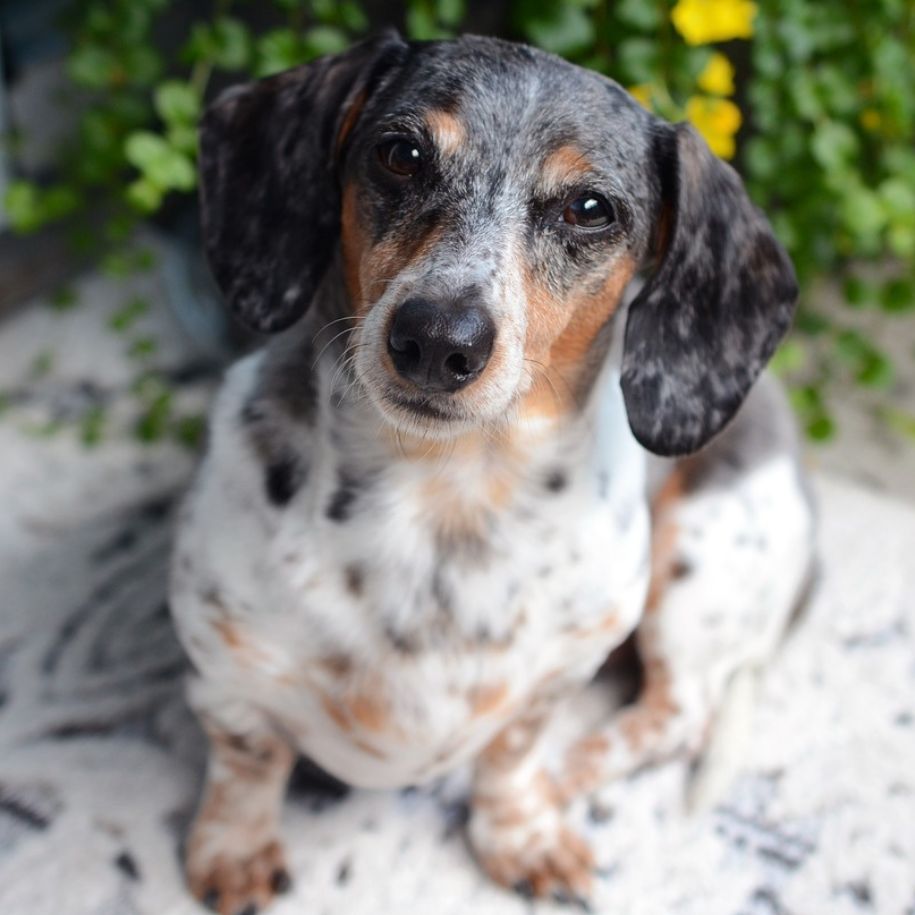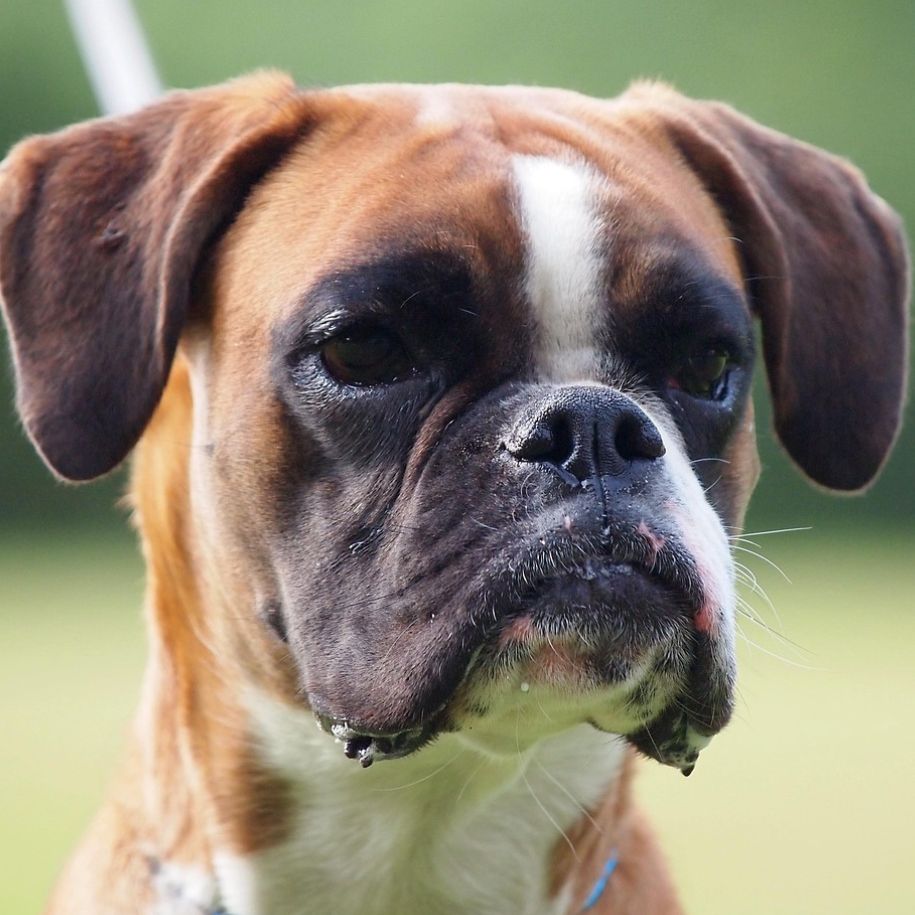The Shih Tzu is a small, bright eyed “little lion” that has charmed British homes for decades. In this guide you’ll learn what makes the Shih Tzu breed special, how to spot a healthy puppy, and why their long coat needs extra care.
Quick Facts at a Glance
-
Size & weight. A Shih Tzu stands under 27 cm and should weigh between 4.5 kg and 8 kg—roughly the same as two bags of sugar. Staying in that healthy weight band cuts the risk of breathing difficulties and hip dysplasia.
-
Breed group. The breed sits in the Kennel Club’s Utility group alongside other Tibetan breeds like the Lhasa Apso. Despite the name, these small dogs were bred mainly for company, not farm work.
-
“Little lion” looks. Flowing hair, a short muzzle and a proud tail create the famed lion dog silhouette. Accepted colours range from white-gold to black-mask grey; a white blaze on the forehead—sometimes called “Buddha-kissed”—is prized in the show ring.
-
Life span. Most Shih Tzu dogs live 10–16 years; some make it to 18 with good food and daily walks. This long stretch means budgeting for senior care from day one.
History and Origin
Shih Tzu dogs trace their story back to Tibetan breeding stock gifted to the imperial courts of China. Monks viewed the pup as a living symbol of Buddhism—a faithful friend said to protect the palace. In the Ming Dynasty, the Chinese emperor prized these charming companions, allowing only nobles to own them. This selective care helped establish the Shih Tzu as a separate breed from other Tibetan breeds such as the Lhasa Apso and Pekingese. European travellers later referred to the pup’s flowing long coat and black‑mask grey colouring as “white gold.” By the 1930s the breed reached England, and in 1969 it joined the AKC’s registry of popular breeds.

Shih Tzu Temperament
-
Friendly first. The Kennel Club calls the Shih Tzu “outgoing, happy, affectionate and trusting.” Those four traits shape everything they do, from greeting strangers at the door to cuddling on the sofa.
-
Born companion, not guard dog. This little lion dog was bred only to keep people company, so it seeks eye-contact, follows you from room to room and may pine if left alone for long hours. Plan indoor playtime or a dog-sitter on busy days.
-
Great with families and other pets. Most Shih Tzu dogs tolerate children, cats and other dogs when socialised at a young age; their small stature means you should teach kids to sit on the floor, not scoop them up.
-
Alert but polite watchdog. They will bark when the post arrives, yet seldom bite. Use positive-reinforcement training methods—praise the quiet moment, give a tiny treat, repeat—to curb noise without crushing confidence.
-
Stubborn streak. A Shih Tzu puppy can pick up new tricks fast, then decide it’s “done.” Keep sessions short (five minutes), end on success and rotate rewards to keep the individual dog interested.
-
Brainy and playful. Puzzle feeders, hide-and-seek and gentle indoor fetch help this dog breed burn energy in a London flat as well as a rural garden. Mental work tires them more than long runs.
-
Sensitive to tone. Harsh words can shut them down. Calm, upbeat voices deliver the best training tips and build trust for life.
-
Easygoing with age. As the dog’s age rises, exercise needs drop, but affection stays high. Slow daily walks and gentle grooming keep joints loose and the dog’s coat shiny.
In hot weather their short muzzle makes panting less efficient. Offer fresh water, shade and air-conditioned breaks on very hot days to avoid breathing difficulties and preserve that sunny spirit.
Shih Tzu Grooming
The Shih Tzu’s coat grows like human hair, so grooming isn’t a luxury—it’s basic care. DEFRA’s welfare code states owners must prevent matting that can injure skin.
-
Daily five-minute brush. Use a pin brush to reach down to the undercoat and stop painful tangles under floppy ears and armpits.
-
Weekly face wash. Tear stains build up fast; dab warm water over the “Buddha-kissed” white blaze and dry well to avoid sore skin.
-
Regular bathing. A mild dog shampoo every three weeks keeps oils balanced and the long coat glossy. Blow-dry on cool to stop damp patches causing discomfort.
-
Pro clip every 6–8 weeks. A professional groomer can thin the coat for summer, trim nails, and check anal glands—handy if you’re new to the dog breed.
Good habits from an early age make the process calm; reward still moments with praise so the individual dog links brushes to treats, not stress.
Common Health Issues in Shih Tzu
Vet Compass data on more than 8,000 UK Shih Tzu dogs shows periodontal disease, anal-sac impaction and ear infections top the health issues list.
-
Teeth first. Daily brushing and dental chews cut plaque on that short jaw, lowering the risk of heart problems tied to gum disease.
-
Ear care. Floppy ears trap moisture; weekly wipes with vet approved solution help prevent yeast.
-
Joint checks. Watch for hopping steps—a sign of patellar luxation. Keep the furry companion slim to ease strain and ask your vet about joint supplements rich in omega-3.
-
Breathing screen. Snorting, blue gums or exercise intolerance may signal brachycephalic obstruction; the BVA’s “Breed to Breathe” campaign advises early assessment.
-
Eyes & skin. Hair grows toward the eyes, causing excessive tear production; trim bangs or tie the topknot. Any black mask grey patches turning red could mean infection—see your vet.
-
Eye conditions. Cataracts, Progressive Retinal Atrophy, Corneal Dryness, Retinal Detachment and Improperly Closing Eyelids—need regular vet examination.
-
Kidney disease. Liver shunt and bladder stones sometimes affect the breed; routine blood and urine tests help catch problems early.
Ethical breeders perform recommended health tests (hips, eyes, knees, DNA panels) and share results with the AKC or Breed Club. In severe cases surgery or lifelong treatment may be required, but most problems respond well to prompt veterinary medicine.
Shih Tzu Feeding
Choose High quality dog food formulated for toy dogs supports energy without adding excess weight. Split the day’s ration—about 55 kcal per kg of the dog’s weight—into two meals to steady energy and cut the risk of weight gain.
-
Bowl shape matters. A shallow, tilted dish helps this short-muzzle lion dog reach food without straining the neck or rubbing eyes.
-
Treat maths. Count all chews and human snacks; they should stay under 10 % of daily calories.
-
Hydration check. Fresh water must be in reach, especially on hot days when brachycephalic dogs pant harder.
-
Life-stage tweaks. A growing Shih Tzu puppy needs protein-rich feed three times a day; switch to adult formula at 10–12 months and senior diet at around eight years when the dog’s age slows metabolism.
Stick to measured portions; even a 500-g gain on small dogs strains joints and worsens breathing difficulties, according to PDSA weight clinics.
Daily Life and Exercise
Shih Tzu dogs thrive on short, fun bursts rather than marathon hikes. The Kennel Club suggests up to an hour of mixed activity daily for the breed group.
-
Two brisk walks. Aim for 20 minutes morning and evening, choosing cool shaded routes on hot days to avoid breathing difficulties.
-
Indoor playtime. Hide-and-seek, soft-toy fetch and puzzle feeders tap into their curious minds and burn calories when rain hits.
-
Training tips. Five-minute sessions using positive reinforcement—tiny treats and happy voices—keep focus without overtaxing that short muzzle.
-
Rest zones. Provide a raised dog bed so air circulates under the dog’s coat, helping the skin stay dry.
Regular movement helps joints develop properly and keeps dog’s weight in check—key to lowering chances of hip dysplasia or back strain common in small stature breeds.

Living Comfortably in a UK Home
British weather can flip from drizzle to heatwave, and a Shih Tzu’s long coat needs help in both.
-
Wet days. Keep a microfibre towel by the door to blot the dog’s coat; moisture against skin causes hot spots.
-
Hot days. Close curtains, run a fan and lay a cool mat; always offer fresh water to prevent overheating in this short nose breed.
-
Furniture savvy. Pet steps protect knees when jumping on sofas, and a non-slip cover shields fabric from muddy paws—handy for homes with other pets too.
-
Flat life. Indoor housetraining pads work during storms, but maintain daily walks to prevent weight gain.
With planning, your little lion adapts to the city or the shires, co-existing nicely with other dogs and even cats when socialised early.
UK Laws
Under the Microchipping Regulations, every dog in England, Scotland and Wales must be microchipped and logged on an approved database by eight weeks, or owners face a £500 fine.
-
Leads & IDs. In public, dogs must wear a collar with the keeper’s name and address. Off-lead is allowed only where by-laws permit.
-
Animal Welfare Act 2006. You’re legally bound to meet five welfare needs—diet, environment, behaviour, companionship and health. Ignoring grooming or leaving a Shih Tzu in hot weather can breach the Act.
-
Travel rules. National Rail lets small dogs ride free if on a lead or carrier; always carry fresh water for long trips.
Knowing the law protects both pet parents and their little lion, avoiding fines and ensuring welfare standards British courts can measure.
Choosing Your Shih Tzu
Choosing a Shih Tzu Puppy Visit responsible breeders who belong to a recognised breed club and who register litters with the American Kennel Club or Kennel Club. Ask to see:
-
Parents’ pedigrees and health‑test data (hips, knees, eyes).
-
X‑rays or certificates that rule out hip issues.
-
Proof of early socialization (sounds, people, tiny play obstacles).
A well‑raised Shih Tzu puppy should have clear eyes, a clean coat and a confident yet calm demeanour. Bringing your new pup home at eight to ten weeks gives plenty of time for bonding, proper socialization and house‑training.
FAQs
Is a Shih Tzu a good family dog?
Yes. Most Shih Tzu dogs are gentle, social and adapt well to children and other animals when socialised from an early age. Their small stature fits flats, but they still love daily walks.
What is the common problem of Shih Tzu?
The RVC lists periodontal disease as the top condition, followed by anal-sac issues and ear infections—so brush teeth, keep to a healthy weight, and clean ears weekly.
Is Shih Tzu high maintenance?
Grooming is intensive: daily brushing and regular bathing are must-dos to keep the dog’s coat mat-free. Time and grooming costs make them higher maintenance than some other breeds.
Can a Shih Tzu be left alone?
Short periods are fine if trained. The RSPCA recommends gradual alone-time training with treats and calm departures to avoid anxiety; aim for four hours maximum.
Conclusion
A Shih Tzu may be small, but caring for this officially recognised little lion is a big commitment: balanced feeding, mindful grooming, and daily mental play keep that trademark cheerful spirit shining. By following UK welfare laws, seeking trusted veterinary medicine, and using positive training methods, pet parents ensure their furry companion enjoys a long, healthy life of sofa snuggles and garden adventures.





